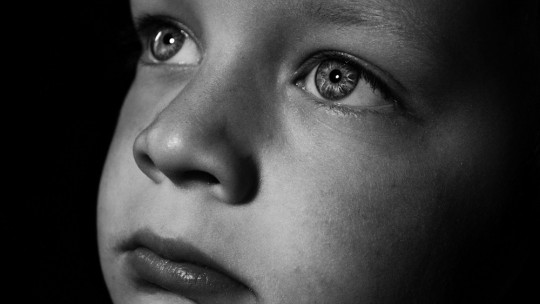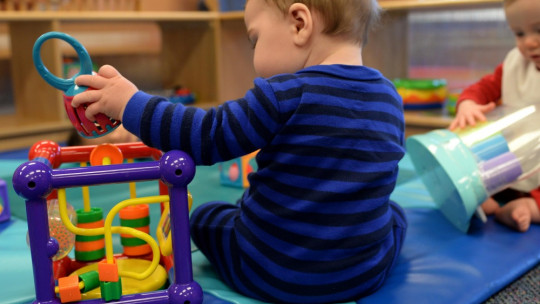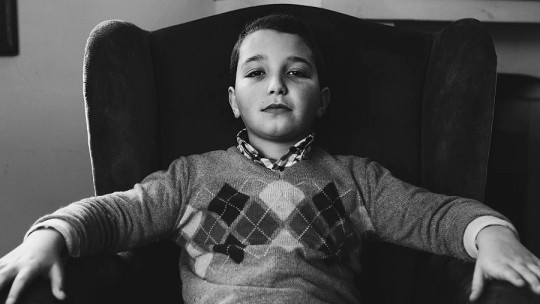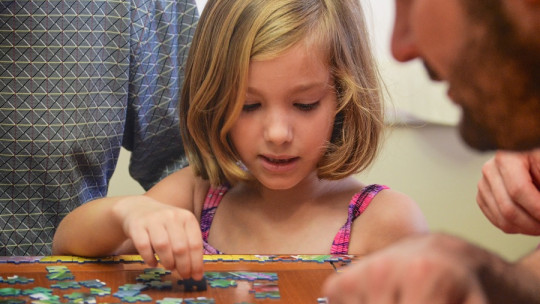
For an infant to have high levels of optimism, positive mental attitude and self-confidence may be healthy and advisable.
However… Is it healthy for children to grow up with this way of thinking? In this article we are going to discuss the topic of childhood hyperoptimism and why it could be unfavorable to the correct development of the human being.
What is childhood hyperoptimism?
Childhood hyperoptimism is the high level of optimism and confidence that an infant has in life (and about your own abilities). In other words, it is the optimistic approach from which children generally think and see things.
Infants tend to think that they have the skills and abilities to make most things go very well. However, it is important to stop at the following question: will it be favorable for the infant’s development to have this perspective on her environment?
Is childhood hyperoptimism good or bad? The world could be better to some extent if we maintained a part of our main childhood hyper-optimism, it is important to specify that in any case it could be more advisable to do everything possible to maintain a measured and not excessive optimism (adequate levels of optimism) in childhood and in the later stages of the person’s development.

We must also take into consideration the unfavorable facts that we may encounter in reality. In fact, this It happens naturally in adolescence, since at this stage inevitable disappointment arises ; As we go through it we begin to discover that the people and the world around us are not exactly as we imagined as children, many things may be better and worse at the same time.
It is essential that parents do not transmit excess optimism, since seeing the world in a highly optimistic way sometimes turns out to be very fanciful; this makes us move away from reality and when we notice that life is not as we expected, we can approach disappointment and frustration.
How is childhood hyperoptimism lost?
Of course, when we are little, the vast majority of children present a childish hyperoptimism. However, it is during adolescence that inevitable disappointments begin to arise about the people around us and the world we inhabit. It doesn’t hurt to grow up, but to mature and discover reality does hurt.
Although this may seem very unfavorable, in reality it is not entirely so, as it is important begin to have ideas and perceptions more adjusted to the context and reality Hyperoptimism is gradually lost during adolescence, but also throughout the development of our subsequent stages of life. It is worth pointing out that this loss of optimism is gradually lost, but not completely since this bias accompanies us throughout our lives.
Childhood hyperoptimism and learning
The emotional, attitudinal and mental disposition when processing each stimulus in a hopeful way allows infants to believe that everything can be resolved positively and that negative eventualities are not probable and that if they do happen, they are quick and fleeting experiences of no importance. This positivism bias significantly favors the child’s learning.
This is how hyperoptimistic children They present a satisfactory and successful transition at school, because they enjoy that process It is important to promote optimism and confidence in this stage of the infant, in this way we will promote his learning and confidence so that he can interact without fear with others.
Consequences of childhood hyperoptimism
There are more negative than positive consequences of promoting childhood hyperoptimism. Although it is important to educate children so that they have optimism, security and confidence, hyper-optimism goes beyond that because its implications are much greater. Although during childhood it may not affect much, during puberty and adolescence it does. That is why it is important to consider the consequences that childhood hyperoptimism can generate.
Negative effects of hyperoptimism
Excess unrealistic optimism makes us very vulnerable to the daily problems and adversities that life will show us sooner or later. There are various individuals who link hope with the elements of faith (fatal error). As Martin Seligman would say, if optimism is not intelligent and real, it could put you in a vicious circle that can lead you to live a completely unreal reality in which you create false beliefs that everything that is going to happen or happen to you in life can become real just by thinking about it and wishing for it.
This way of dealing with excess optimism that borders on the pathological may make us face life in an unreal way affecting our performance and the way we approach life situations.
The importance of adequate levels of optimism
It is important not to lose our optimism and hope. But it is also important to manage adequate levels so that it does not become a problem or difficulty. The first big step is to understand that although we need these factors, they have to be adjusted according to our reality, especially by becoming aware of how it will change in our stages of life development. Next, We will see why it is important to maintain and not lose our optimism but modulate it appropriately








